How To Prepare For Your Scuba Diving Instructor Course?
So, you have decided to become a scuba diving instructor and have signed up for your instructor training course. Maybe you are wondering what you can study and prepare in advance to ensure that your course runs smoothly. The instructor training program, whether it’s a PADI IDC, an SSI ITC, or one run by any other agency, is an intensive course, usually lasting close to two weeks.
During your training, you will need to show proficiency in a number of areas, including dive theory and dive planning.
In order to get the most from your scuba diving instructor training, you should aim to start the course well-versed in these subjects, so you can concentrate on learning all the new concepts that will crop up during your instructor course. We’re going to run through all the ways you can prepare yourself before your course begins, so you can hit the ground running once your training gets underway.
Online Study for Diving Instructor Course
In recent times, scuba dive theory training has moved online, with the bigger agencies having online study to complete before you arrive at the training center. As obvious as this may sound, make sure you get this completed in advance of the course start date. Failure to do so will mean that you will constantly be playing catch-up during the course.
Usually, there will be a homework assignment each day—preparing a teaching presentation or completing a set of theory exams—and if you also have to do some online study, you will be having long evenings. If, on the other hand, you have all the online pre-study completed before you arrive, you will just need to review it before the next day, meaning your evenings will be more relaxed, and the course in general will be more relaxed.
With less to do each evening, you are then free to concentrate on learning new information and completing homework tasks. It’s very common for people to ignore this advice, and by the end of the instructor training, they are visibly more tired than the other candidates. With the final two days of your training normally prescribed for your instructor examinations, the fresher, more relaxed, and less stressed you are, the easier these final two days will be.
Dive Planning
In modern times, with dive computers now being a vital piece of dive equipment, many working Divemasters have forgotten how to plan dives using the tables. Dive tables have become all but obsolete, with them only making an appearance during training courses. Many agencies have even removed the requirement to learn how to use tables during their initial training courses, such as the PADI Open Water Diver course.

Once you reach the first professional courses, such as PADI Divemaster or SSI Dive Guide, however, you will be required to know how these tables work. And during your instructor training, you will have a number of dive theory exams to sit, and dive planning with the tables will be a part of these exams.
Your scuba instructor training course will be much more relaxed if you don’t have to spend the first few evenings trying to relearn how to plan dives with the tables. With computers being so prevalent these days, it’s natural that people forget how the tables work, as everyday dive planning as a working Divemaster is done using computers these days. It’s common for people to arrive at the instructor training course having forgotten all but the most basic functions of dive table use, and a quick refresher before starting your course would be a big help.
So, how should you brush up on your dive table knowledge before starting your course? Well, it will depend on which agency you are training with, but the first thing to ensure is that you have the appropriate tables available. If you have misplaced your original copy, get a hold of a new one. Often, the tables come with an instruction booklet that is filled with examples of how to use them.
It’s a great idea to run through this booklet first. Once you have reminded yourself how the tables work, try the exams that your agency uses during diver training, such as the PADI Open Water Diver course exams. Understanding how to calculate pressure groups and minimum surface intervals will definitely come up during your instructor training, and being comfortable with this knowledge before your course starts will help you get more from your training.
Dive Theory

Everybody loves physics, no? No—for many, physics is the stuff of nightmares. But during your dive instructor training course, you will have to show a thorough understanding of dive physics alongside other subjects such as physiology, equipment, the aquatic world, and decompression theory. For most agencies, the dive theory knowledge that you are expected to show proficiency in is the same dive theory knowledge that you learnt during your Divemaster training. If you still have your learning materials from this course, you can use them to refresh your memory—re-read your course manuals.
With PADI, for example, Divemaster students receive a Divemaster manual, a copy of the Encyclopaedia Of Recreational Diving, and the Diving Knowledge Workbook. A PADI Divemaster should have copies of these books or access to the digital copies through PADI’s e-learning portal. Reviewing these materials until you have remembered everything and are comfortable with the information again is the best way to prepare for your instructor training.
Understanding how to calculate how much air needs to be added to a liftbag, why altitude divers have a slower maximum ascent rate, how to calculate gauge pressure and absolute pressure, and what an environmental seal is will come up during your training.
Divemaster training usually involves sets of dive theory exams too, and you should have already passed these exams. If you haven’t already, get hold of a copy of these exams and re-sit them until you can get a high passing score in each subject. With PADI, IDC students get access to copies of these exams when they purchase the IDC e-learning. The PADI e-learning for the IDC includes copies of the exams students need to pass when they take their Open Water Diver, Rescue Diver, and Divemaster courses. These exams are a great study tool ahead of your training course.
Dive Skills
And finally, you should, if you have the opportunity, jump in the water and practice your diving skills. What’s important during your instructor training course is not only that you can do these skills well, but that you can demonstrate the skills well too. As Divemasters, you should already know how to demonstrate skills, as you would have learnt this during your previous course, and maybe, if you have been working as a Divemaster, you have been teaching refresher courses. But a quick brush up and some practice will hold you in good stead for your instructor training course.

As Divemasters, you should already have excellent buoyancy control and be able to remove your mask without difficulty, but your practice should focus on how to demonstrate these skills to others rather than just how to do them for yourself. Remember, taking your time and exaggerating the essential movements are key to a great demonstration.
Practice with a buddy, if you can, so they can give you some feedback. And don’t neglect the surface skills—make sure you can comfortably and smoothly demonstrate removing and replacing your BCD at the surface as well as underwater. And don’t forget to reacquaint yourself with a snorkel and how they work too.
Our Final Thoughts on How to Prepare For Your Scuba Diving Instructor Course
Essentially, a large portion of the information that you will be tested on during your dive instructor training course and the subsequent two-day examinations is made up of things you should already know as Divemasters. Dive planning and dive theory is largely taught during the Divemaster course, and the job of your Instructor Trainer is to check that you have retained this information.
The aspect of the dive instructor training course that will be new to you is the way in which we teach this information to others. You should already know how to clear a mask, and the instructor training will focus on how to teach someone else how to clear their mask. You should already know how to calculate a minimum surface interval with your agency’s tables; now you will learn how to teach other people how to make that calculation.
The best way to prepare for your dive instructor training course is, essentially, to go back over all the knowledge and skills you have already acquired on your recreational and professional scuba diving journey so far. Having this information already mastered will make your instructor course more relaxing, and you will be in a better position to learn and take in the new information as it comes up. You will also arrive at your instructor examinations more relaxed and less stressed.
Disclosure: This post may contain affiliate links, which means that DIVEMONDO may receive a small commission if you make a purchase using these links. As an Amazon Associate this website earn from qualifying purchases.

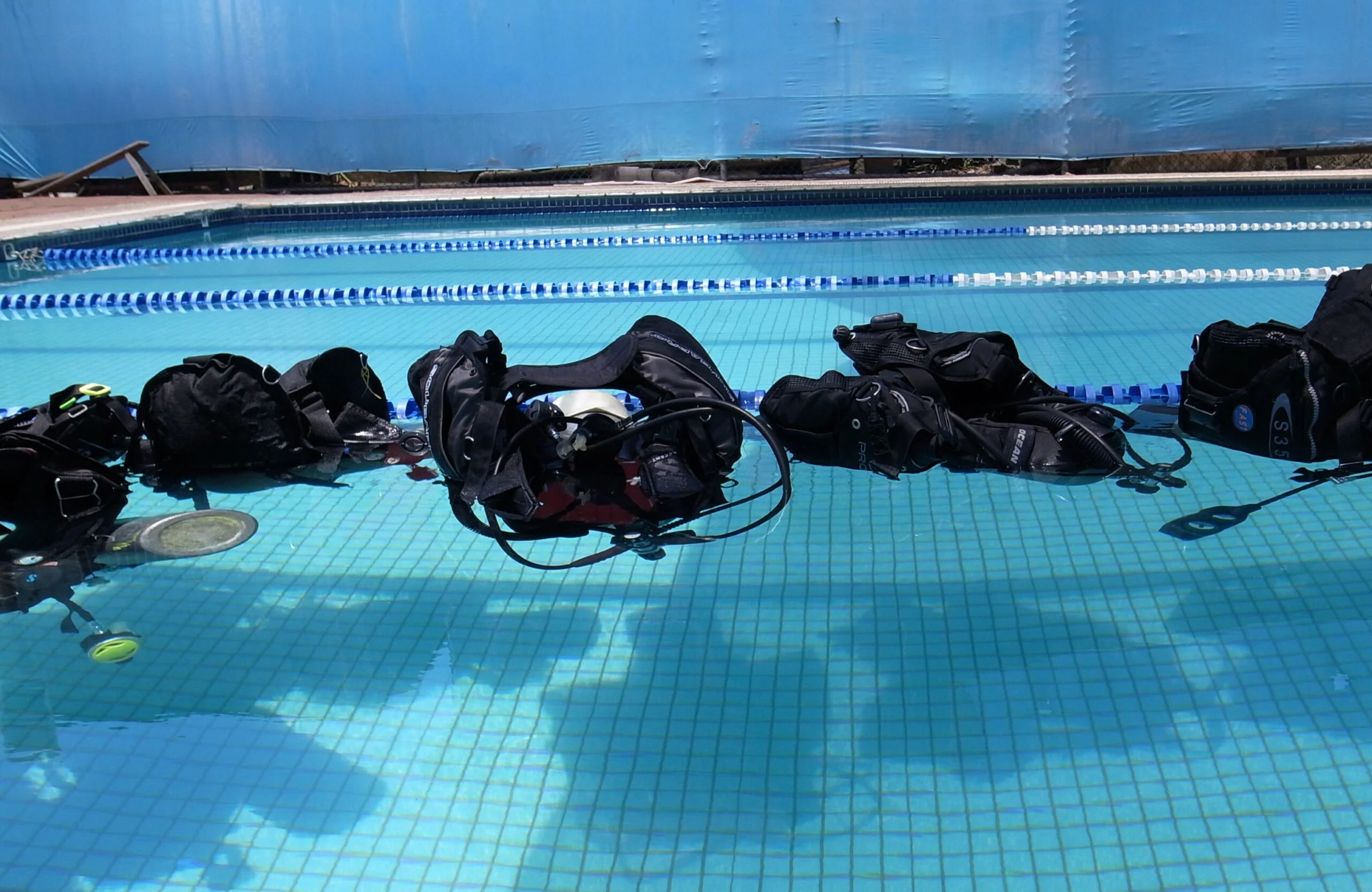
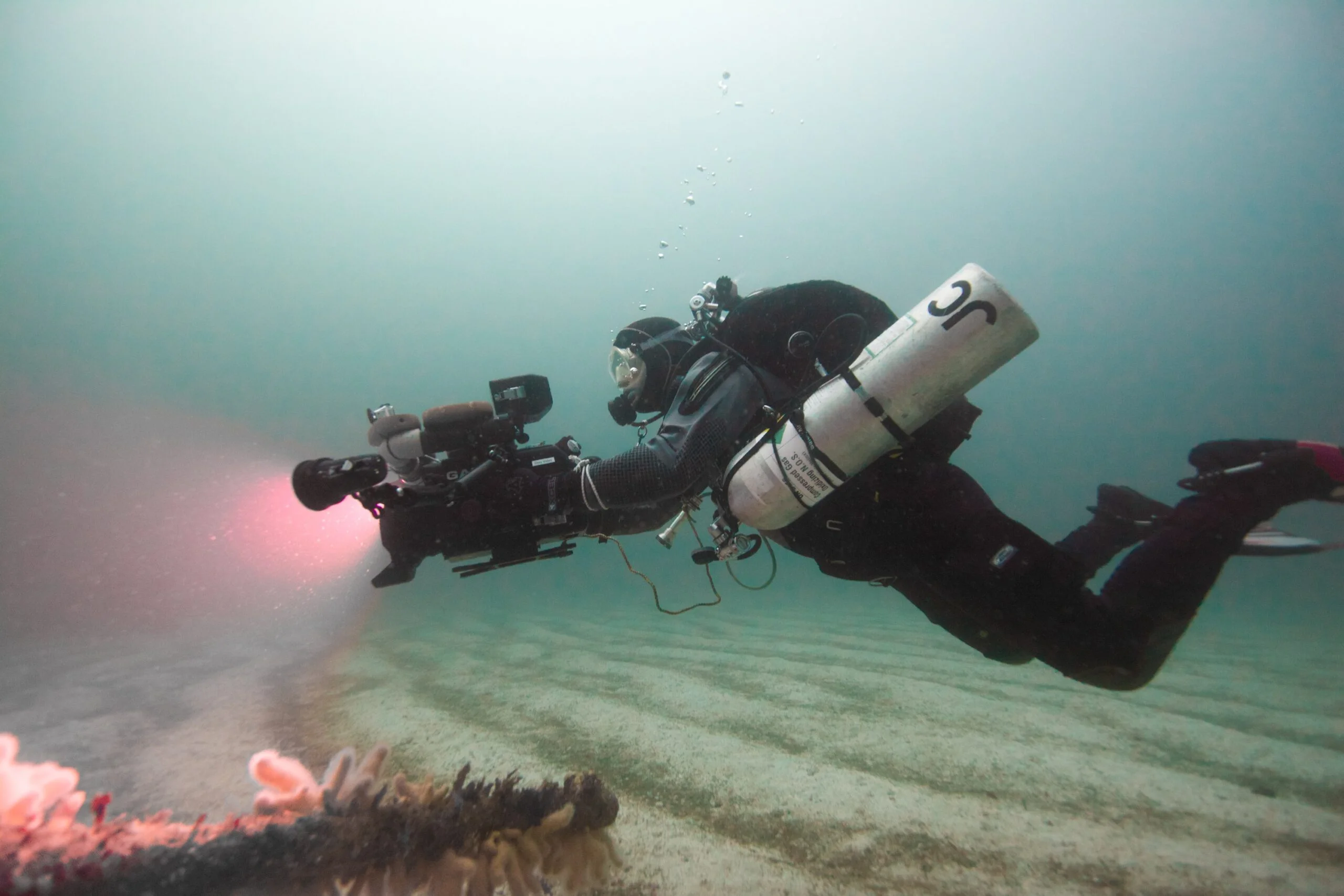
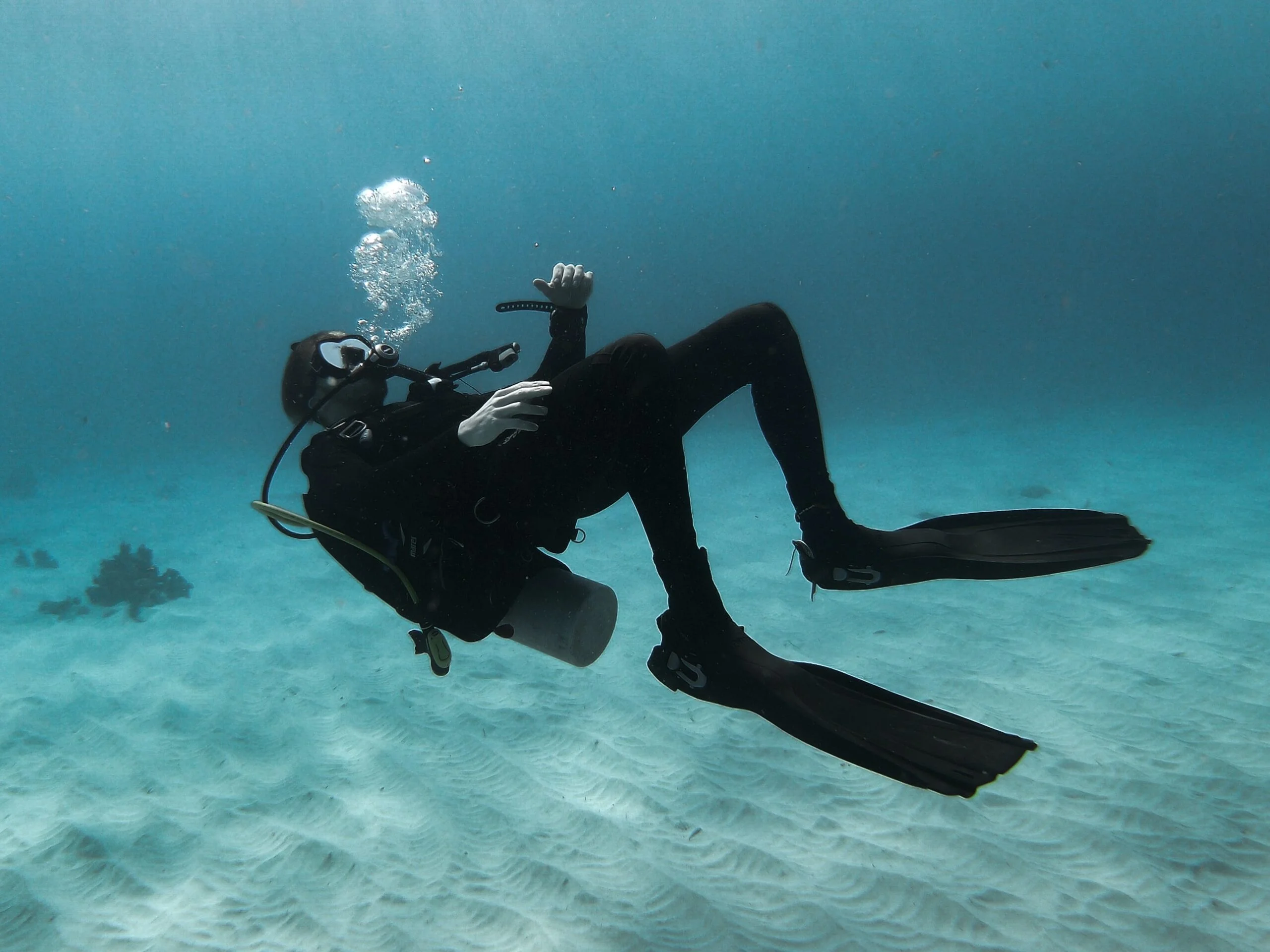
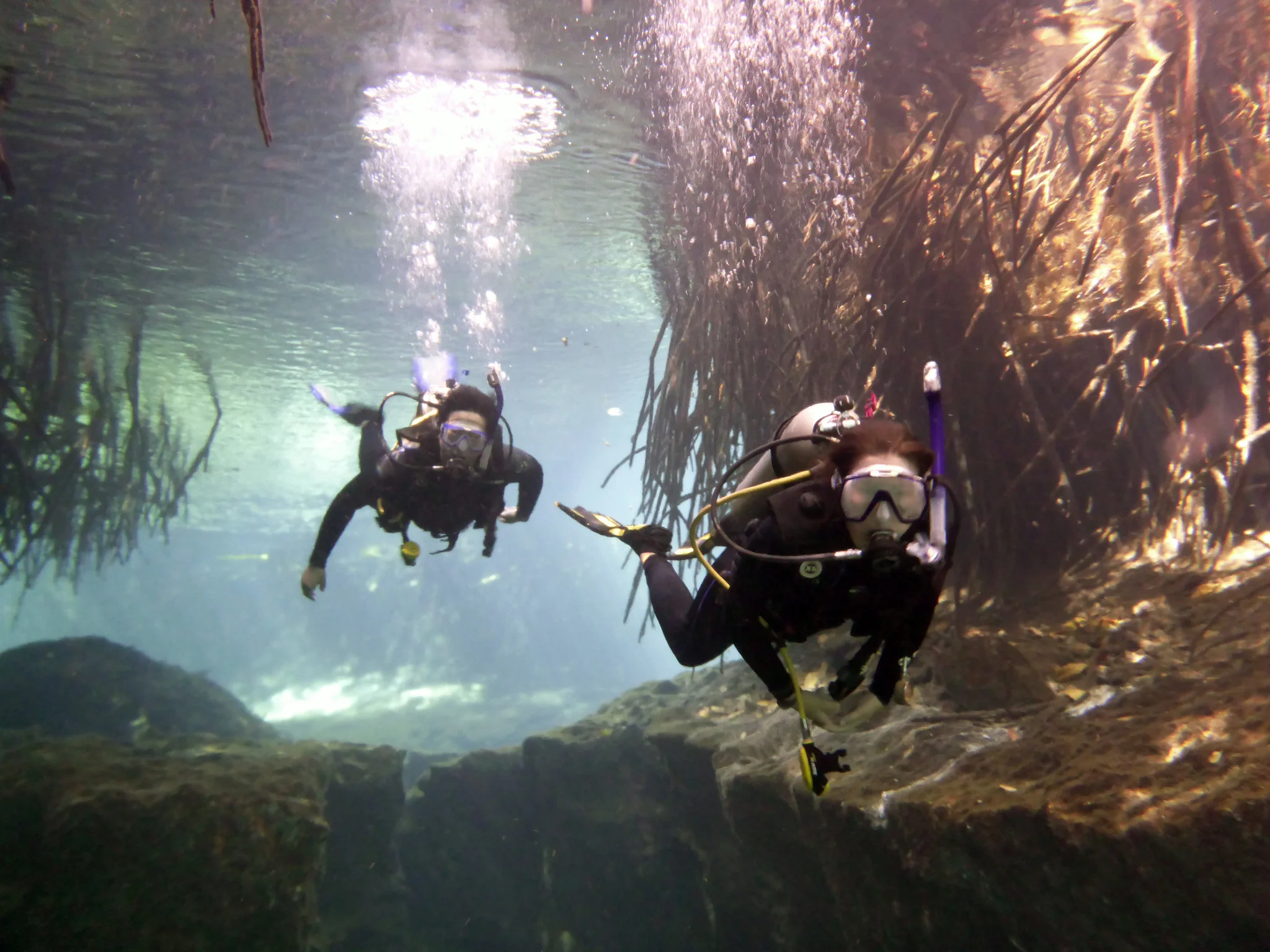
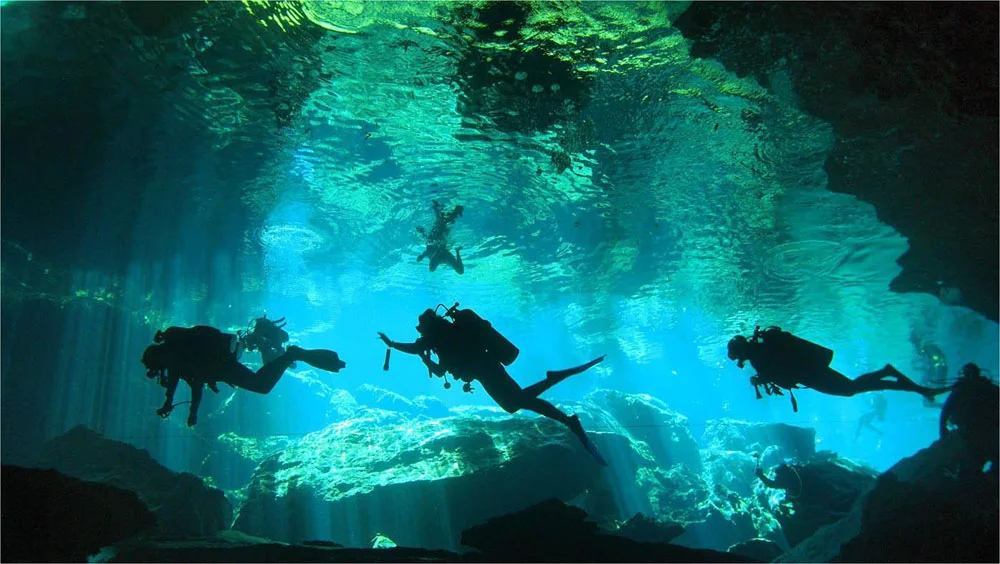
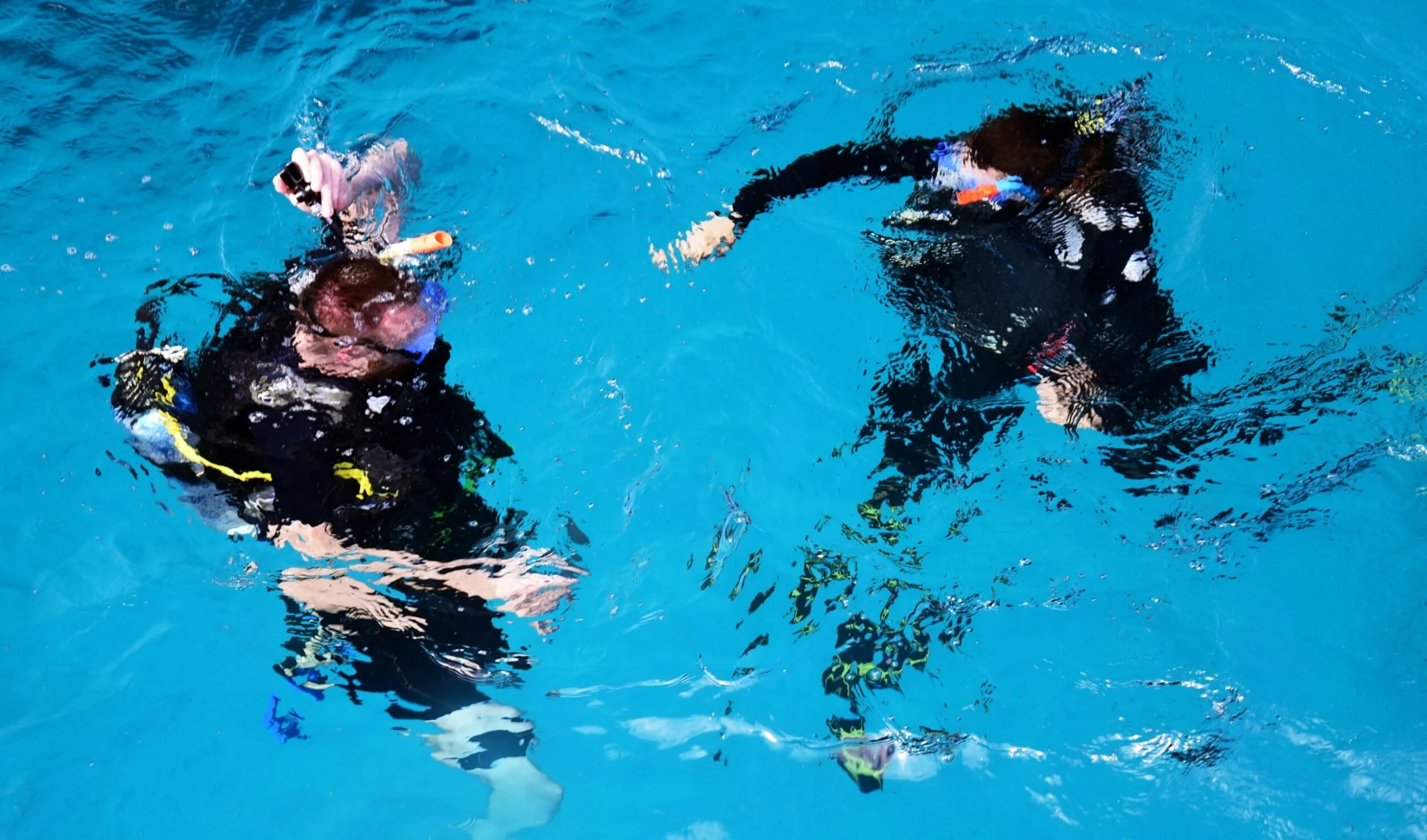
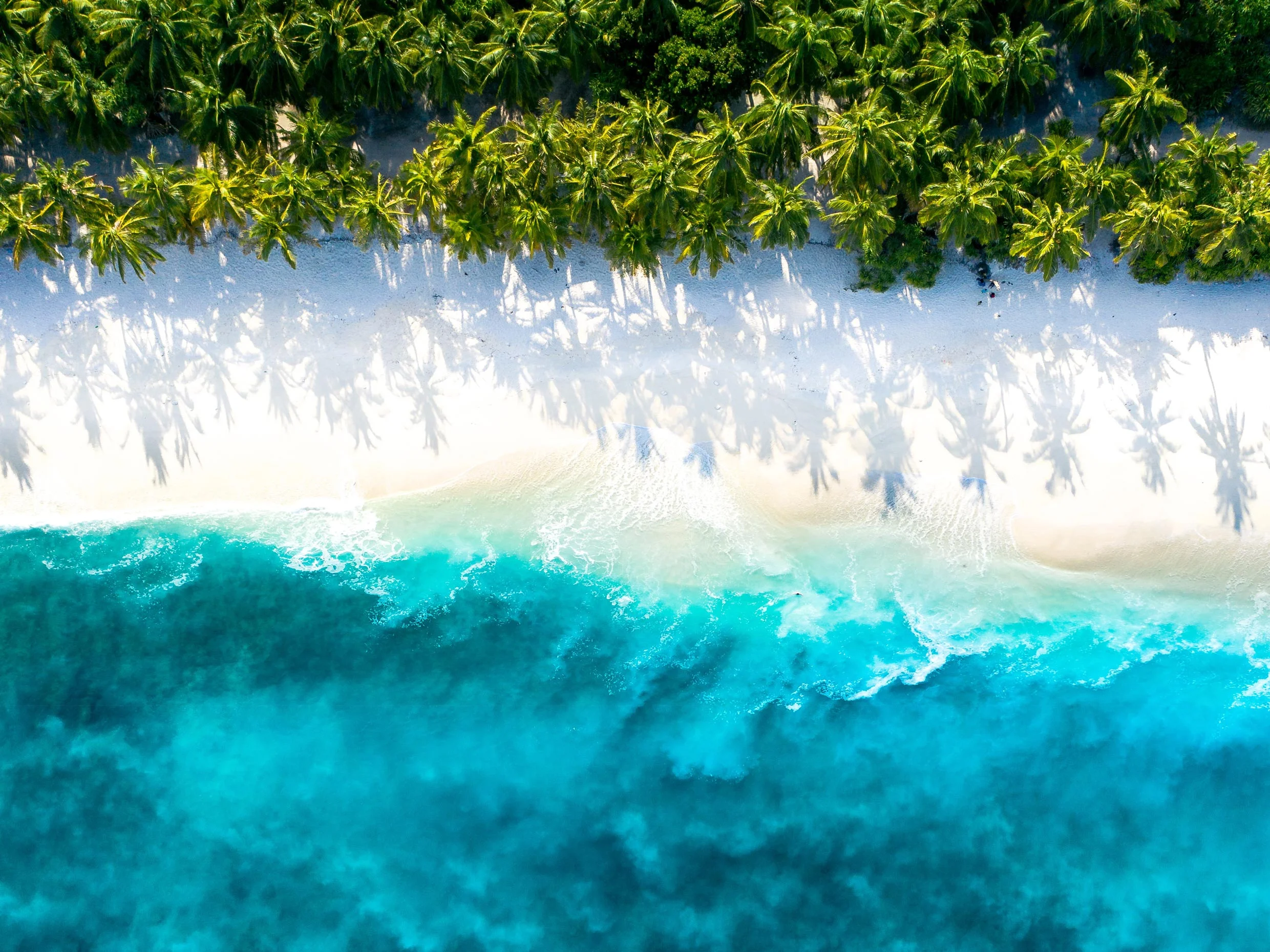
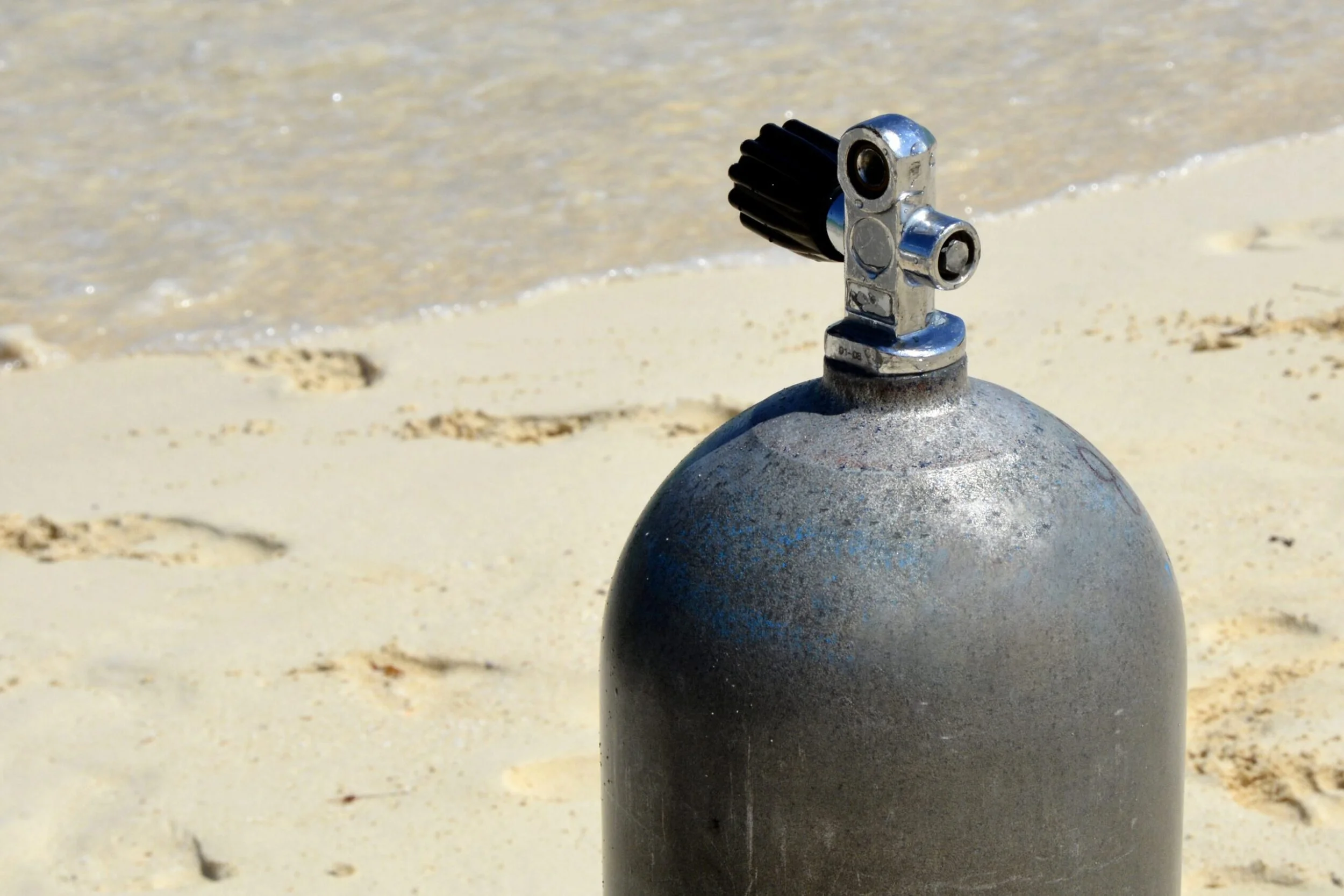

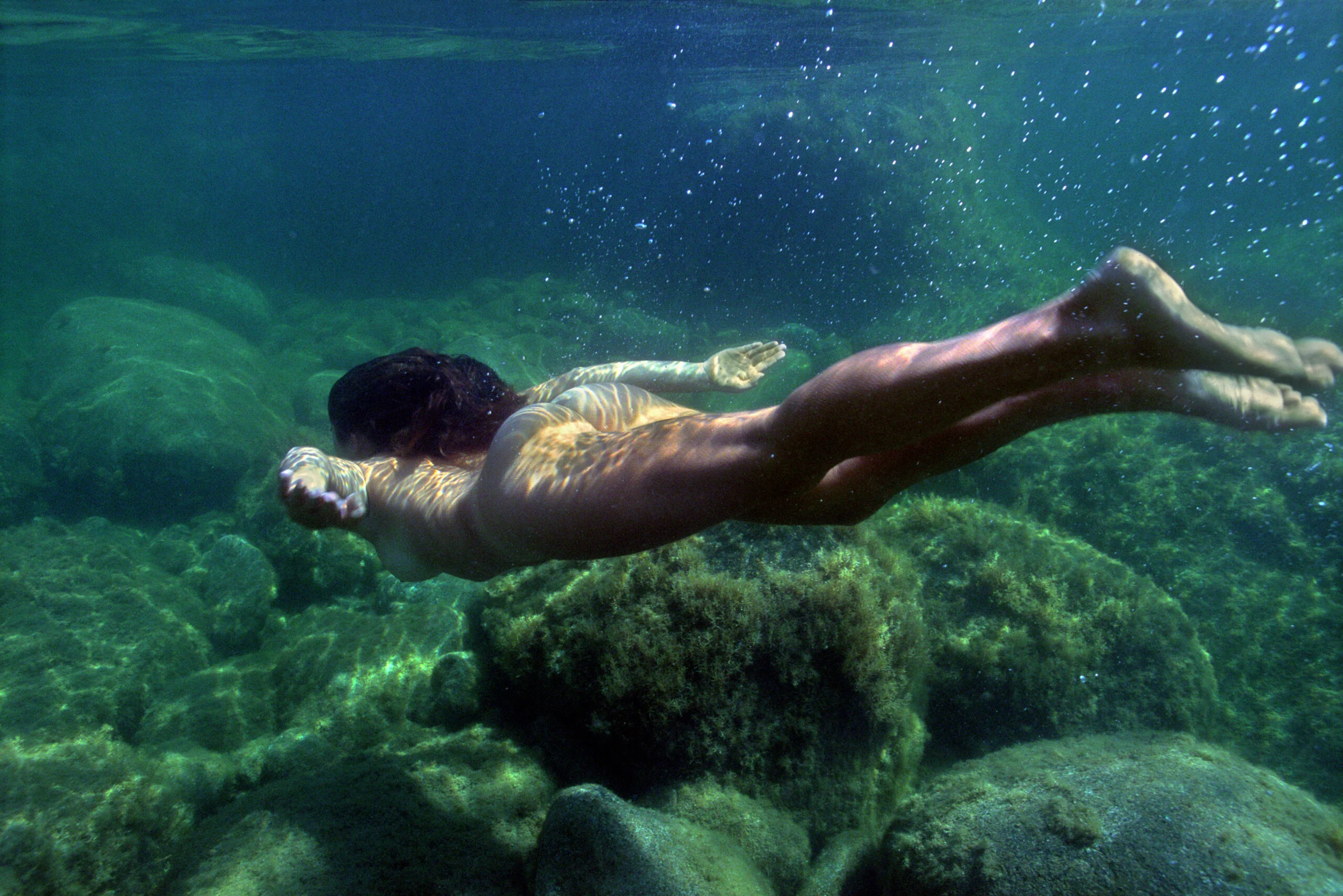


Leave a Reply